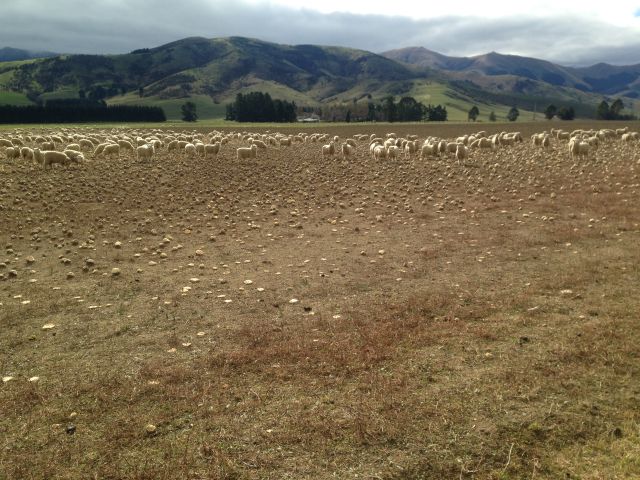We encountered this sign along a trail near our camp. 1080 is a poison dropped in pellet form from aircraft. It's intended to help control predators, primarily common brushtail possums, stoats (weasels) and rats, all introduced species. Over the decades they have decimated many of New Zealand's bird species, particularly those that nest in holes in trees. The birds have evolved in the absence of predators, so the tree climbing predators have an easy time raiding the nests.
We'd already seen enough roadside signs against its use to know it was a hot election year issue. What we learned later is that New Zealand uses something like 80% of the world's 1080 poison. The guides we picked up the day before had filled us in on the debate. It's a complex issue that has conservationists and livestock raisers pitted against hunters and animal rights activists.
| 











No comments:
Post a Comment
Note: Only a member of this blog may post a comment.